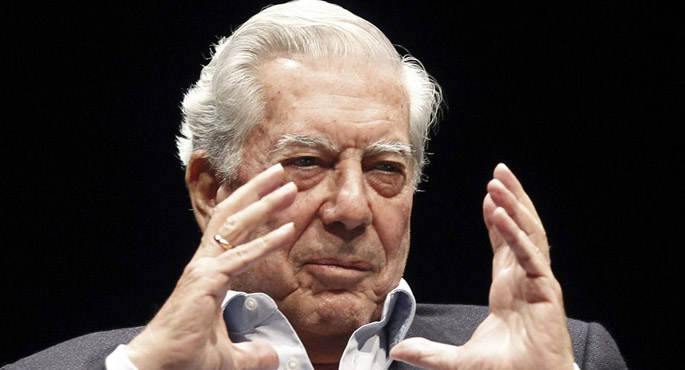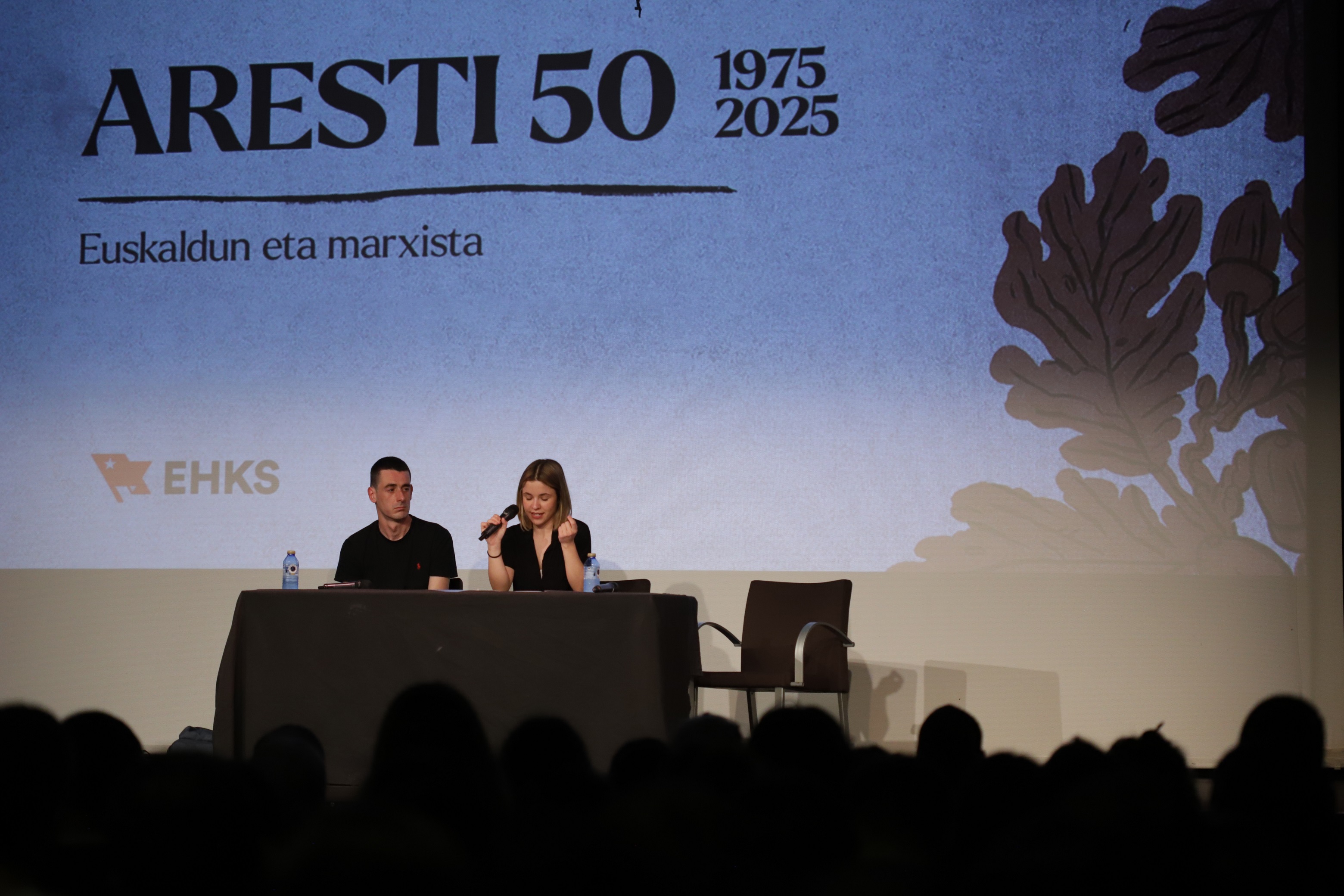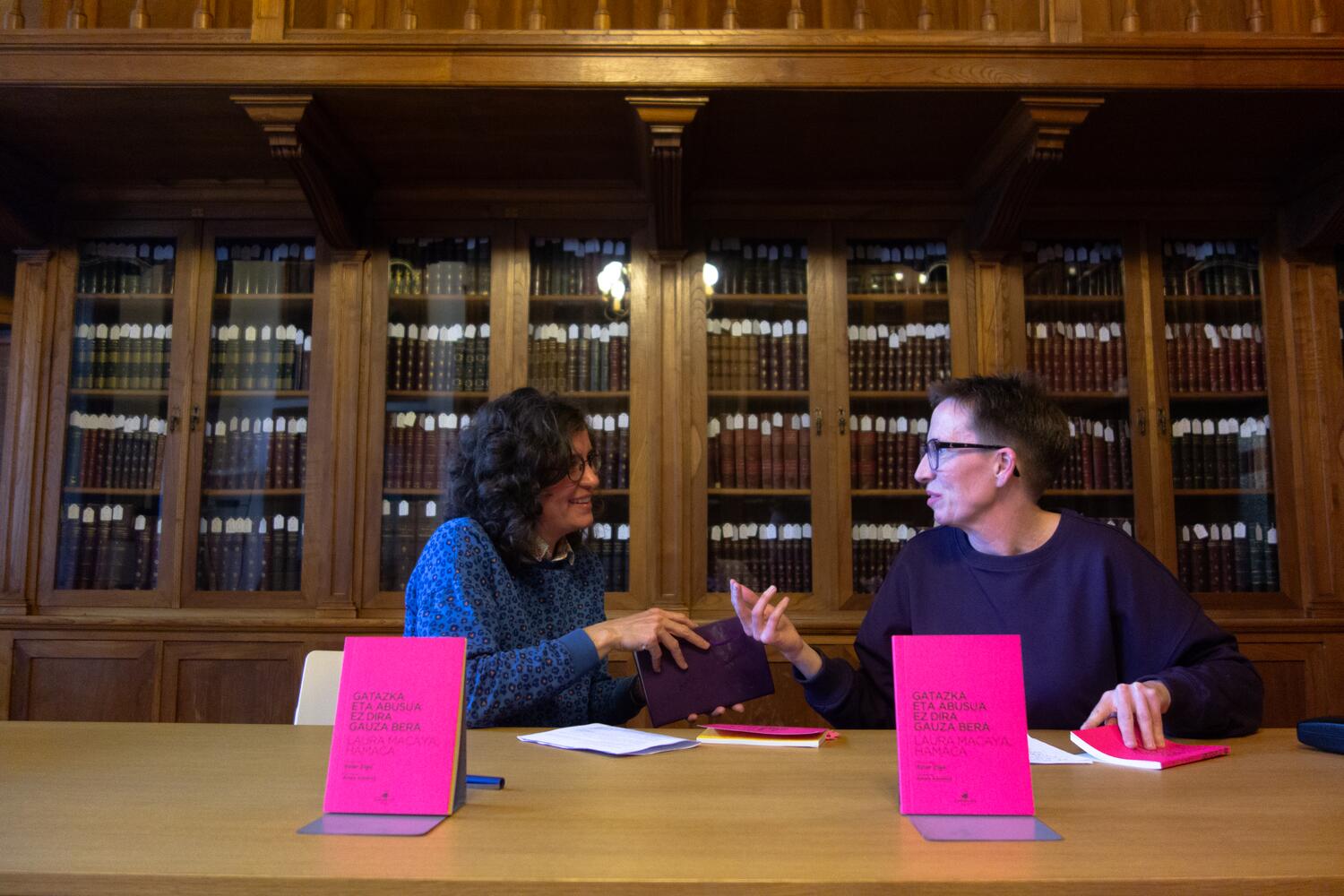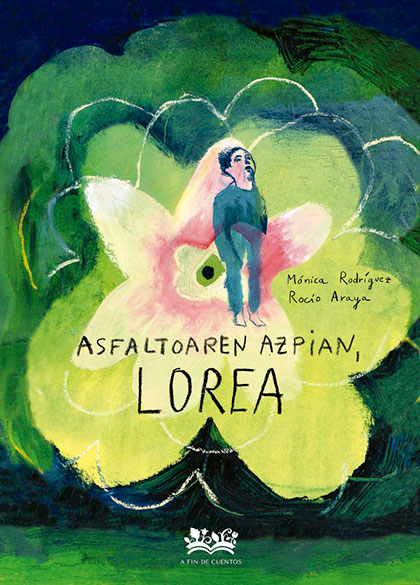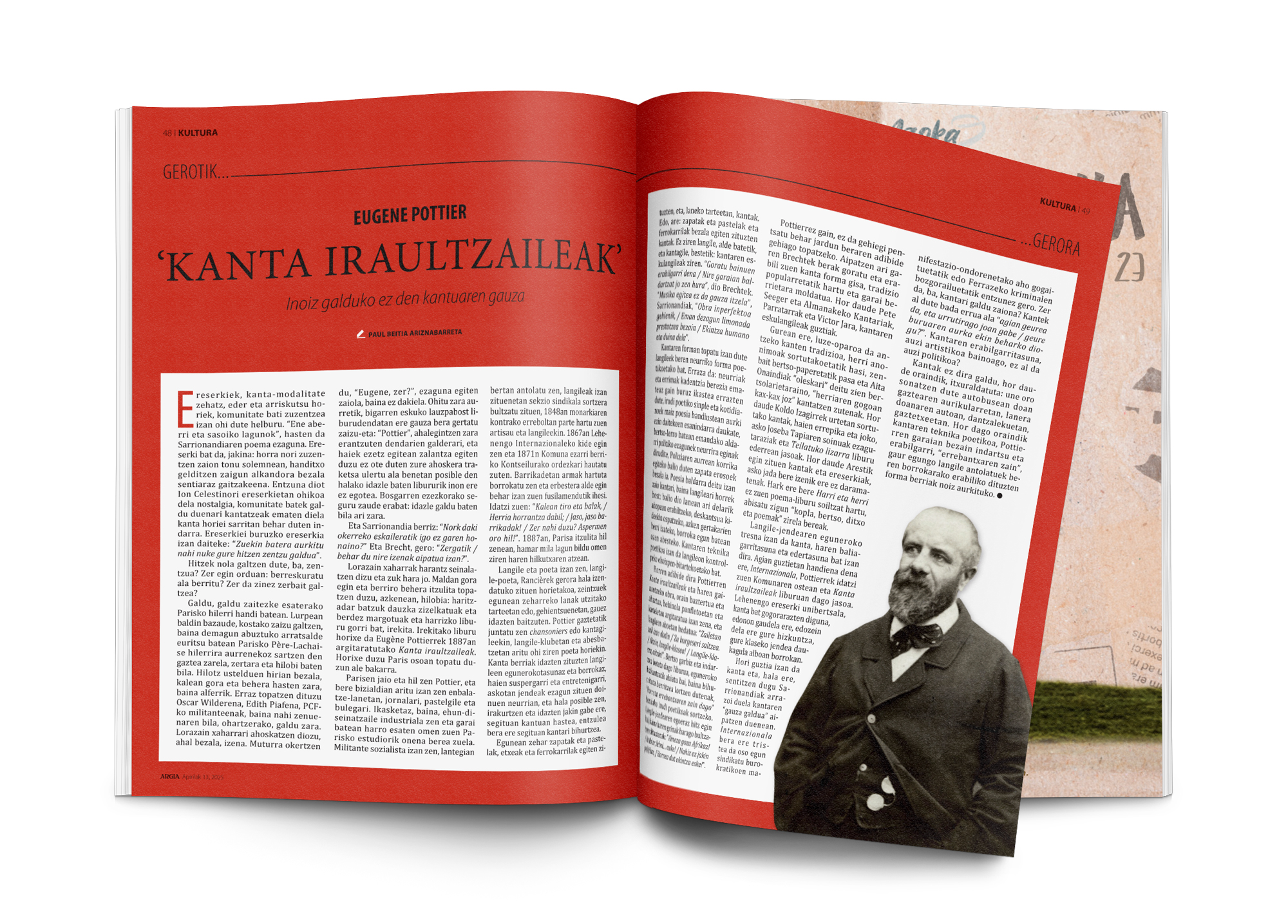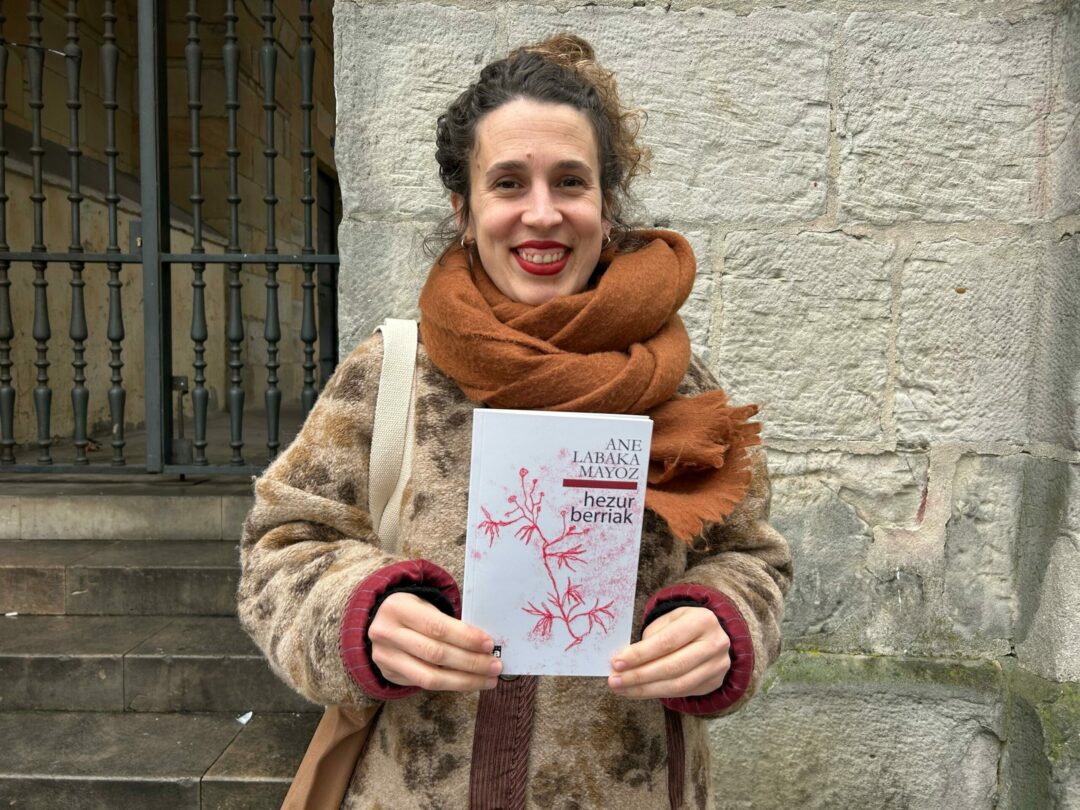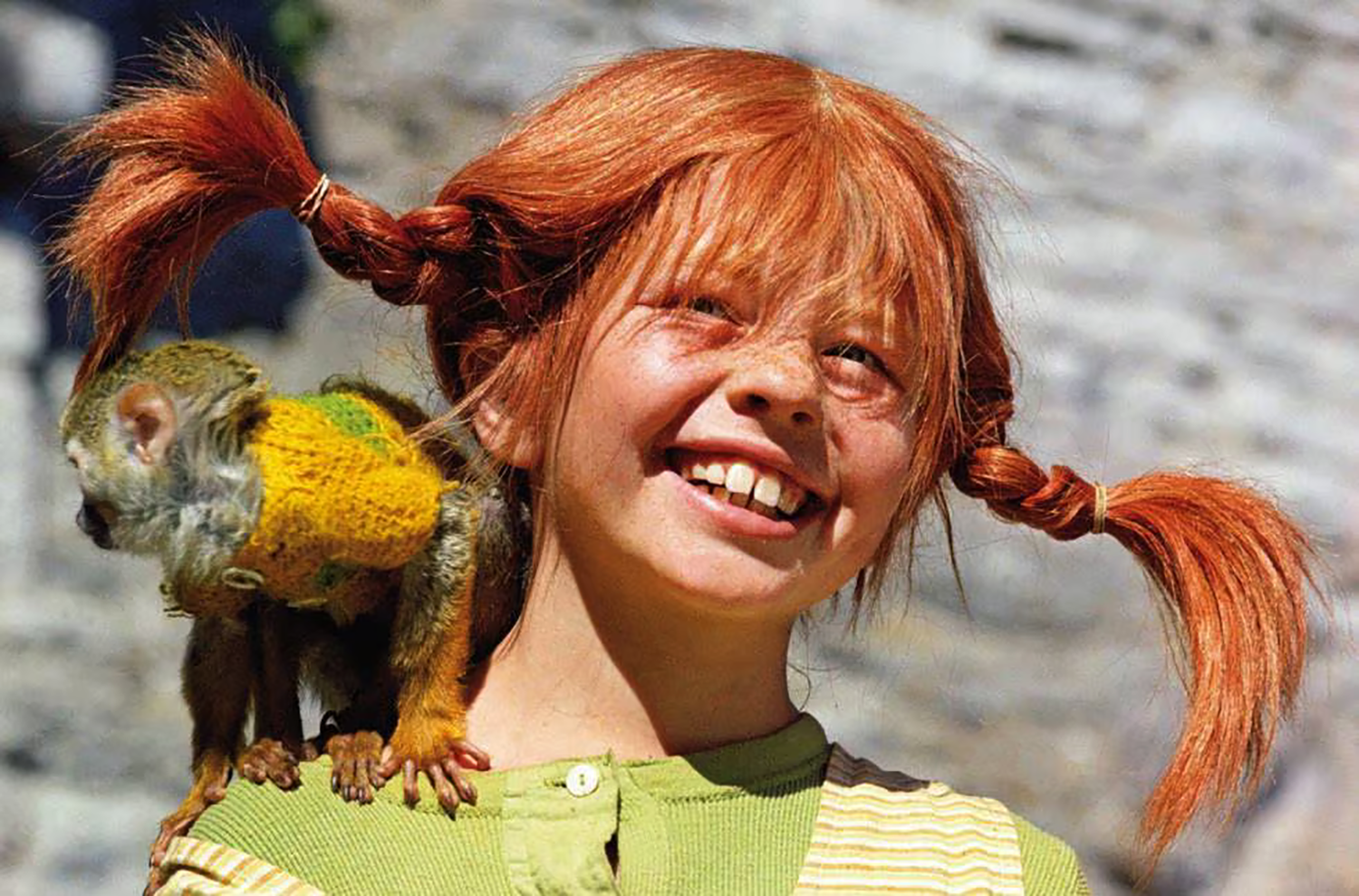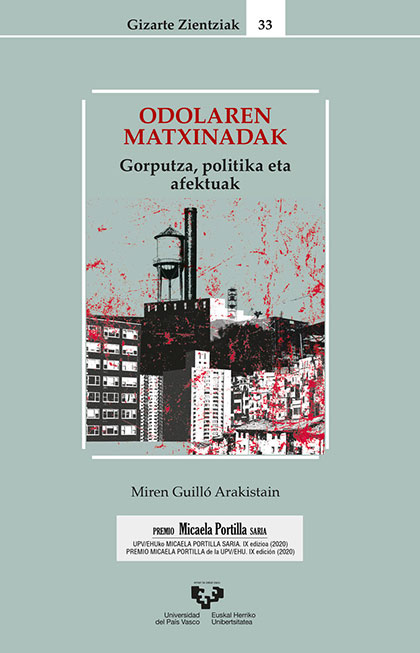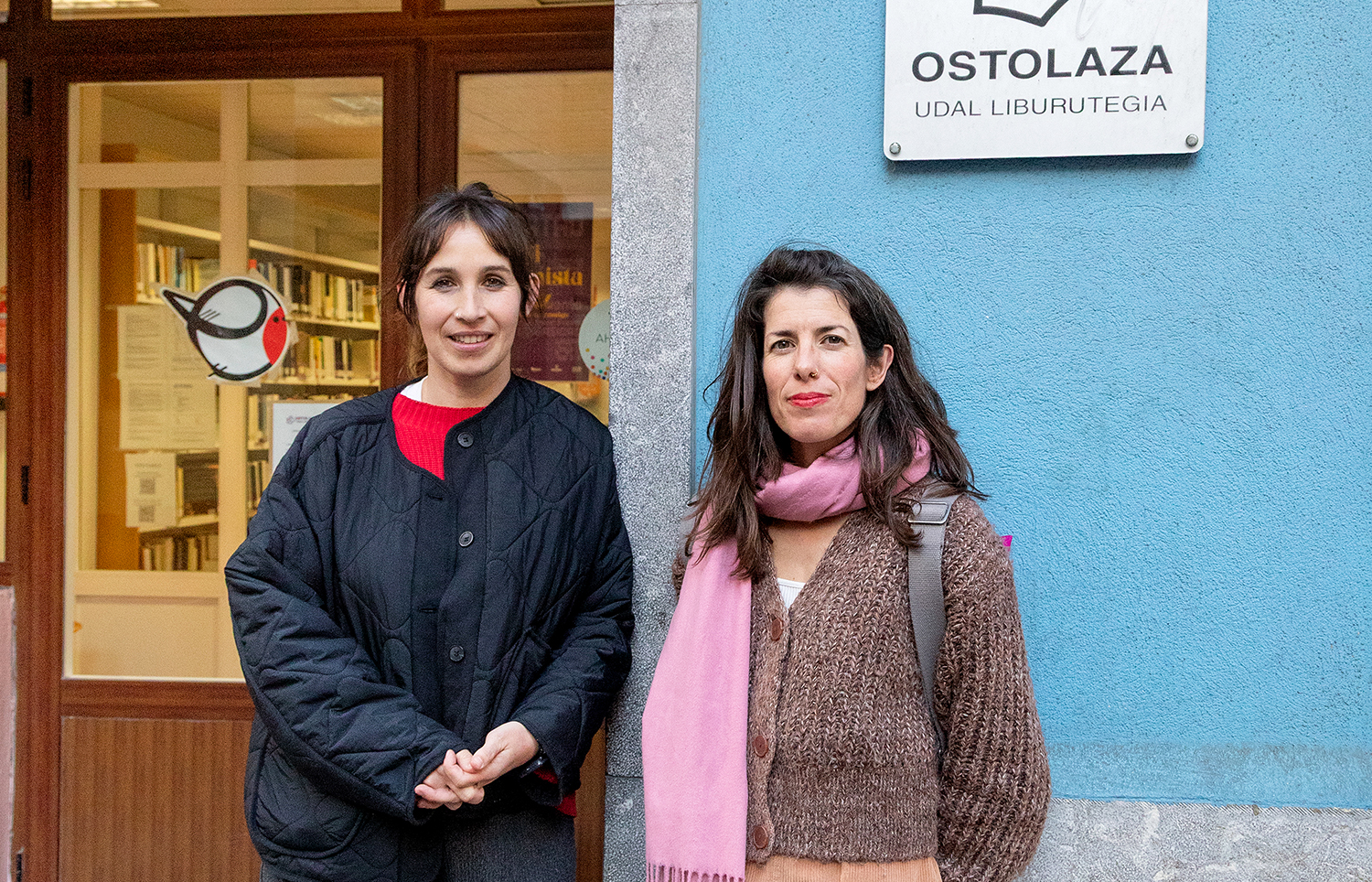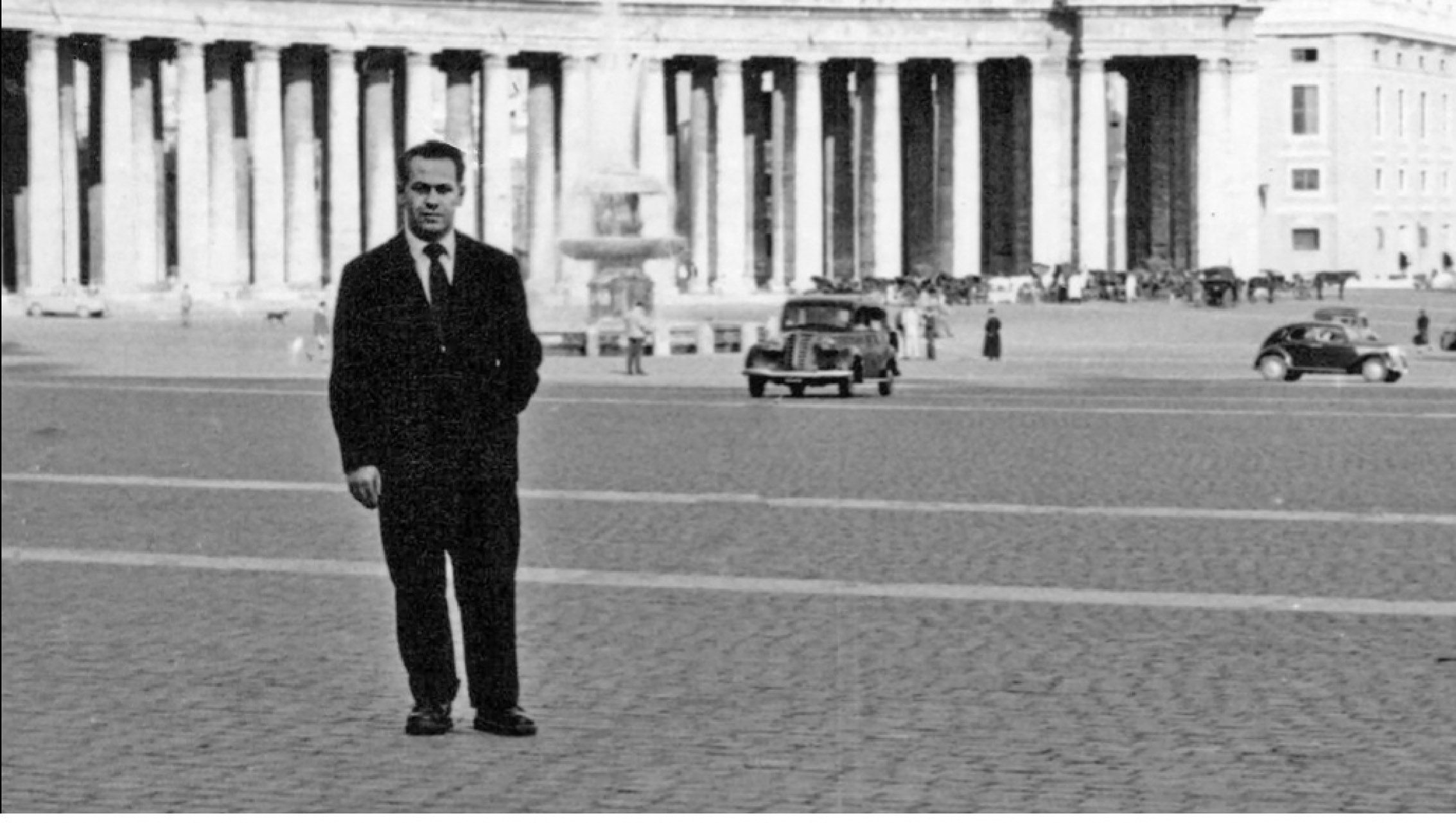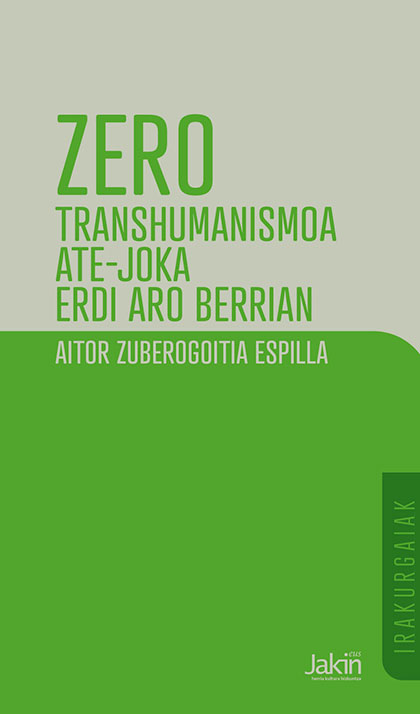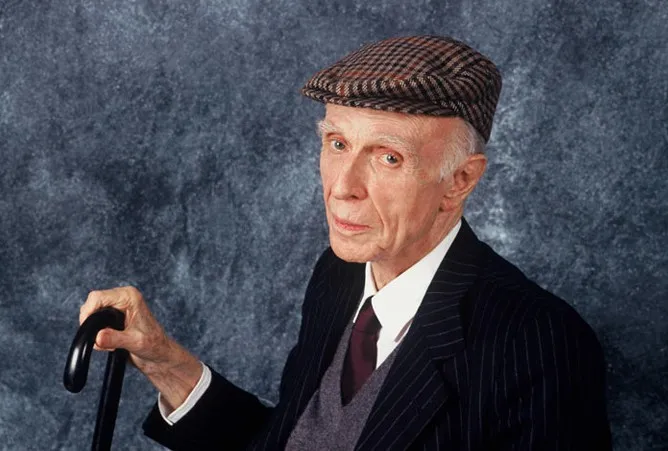Of life
- Life is an unsafe path. There's nothing sure we know, if there's knowledge. As we were born, we will all die. But we live on the back of that evidence in Western cultures. The oral literatures are the literary spaces that have received information about death, funeral celebrations, the deceased, post-mortal care. Examples of this are the texts or books of different cultures that have come to us in writing: the book of life and death of the Tibetans, the book of the Dead of Egypt and others. They include the wisdom of the millennium, testimony of an oral transmission and of man's action. They mix examples of care that make us interdependent, the magic of helping someone's last moments, the questions and doubts of the dying, the possibility of having a last sacred trip or the reflections that life generates. In them death is compared with transformation and alchemy, with cyclicity.

Elisabeth Kluber Ross studied medicine and, unlike other doctors, saw the need to help her complete her and help her die. He made important contributions in the construction of the current form of palliative care and with what he observed and learned in his work published in 1969 the book On Death & Dying. His success led him to study and write about death. In addition, he continued to work to help patients and family members die, expanding and modifying their view on the subject.
I'd like to introduce the following book: the autobiographical account of the daughter who loses her mother. In her book Ritual of Mourning, Isabel de Naveran narrates the process of death of a woman who chooses death by suffering from a degenerative disease. The situation of grief makes us change the sensitivity; we look at details until then unconscious, we see things that we would not look at, encourages us to have clear dreams ... The author writes from this emotional space that is grief, with a sensitive and respectful tone, sewing with words an emotional process. In this case, daily care, contradictions and routines intertwine with dreams, giving way to reason as well as unconscious. The reader has the privilege of reading (and representing) how they do the book and accompanying in the process of death. The text shows beauty. The light is soft and warm and picks up the reading. Love picks up a dead person but who is still going to be among them for a few hours. It's very human.
I don't want to believe it's about killing oneself / we can't admit that here / - and the red goalkeeper - was to kill. What you've read is part of the poem book Itsaso kontra bat. Written by the author in the months before death and published after death. These lines focus on the doubts and questions generated in the last hour. Fears. The poem goes on like this. Personal time / arrival, / hour... / a fear. / What fear?/ like the love loves of love left here / the need to make them suffer. It's a raw book, full of images, with the strength of a often beaten sea, which is like a sea against it. A living book about death.
On the other hand, in the Tale of the Bank of Oihane Amantegi, the deceased is a newborn child and the narrative voice is of his twin sister: And so in early March of the following year, when the river overflowed, I was born with my twin sister. The twins, the same, the mirror, the nose of the mouth and nose, the hands and navel of the navel, one after the other, but death first appeared, alive and then mortal. The book speaks of emptiness, pain and mourning that leads to the premature death of the daughter of one and the sister of the other. It flexibilizes life and the limits of death, uses the inner world of the protagonist, imagination and fantasy to fill his sister's absence and presence. As Idoia Asurmendi sings the game of armchairs in the song: And how much you can occupy something that isn't there ...
As we have seen, the subject gives a lot, and there are many books that talk about death. I've made a personal selection here, it's a sample. Although they could be other books, the selected ones are those mentioned.
As for children and youth literature, in the boat of the Grandfather of Mariasun Landa, Jakes and Tim Bowley and Natalie Pudalov, the song of Idoia Garzes and Belatz Kua, Hili de Uxue Alberdi or the brothers León Corazón de Astrid Lindgren are some of the topics discussed. Full of beautiful metaphors, full of existentialist and philosophical questions, including a book of adventures... Through these proposals we will be able to address death from different places, forms and looks. As for pitch, we will also find diversity and wealth: some are exciting, others invite us to reflect and we will discover humor. For each reader to choose according to their taste, choice and time.
The Night of Souls, Gaba Baltza, All Saints, Halloween or Shamain. The night from 31 October to 1 November is between the fall equinox and the winter solstice. The days start to cut and the darkness starts to take over. Winter is nearby. The bear falls asleep. Trees, forests have been naked by the wind. Silence has prevailed. Birds fly in search of warmer places.
The souls of the dead also address their original homes. But you see the plastic pumpkins? Will our dead know that Halloween is the day of their return? Will our children understand something when they say “wedge or prize”? Josu Ozaita and Jaime Altuna in the book The Rebirth of Pumpkins Off, Josu Ozaita and Jaime Altuna perfectly depict the development and tradition of this day in Euskal Herria and in an interview made by the anthropologist Oier Araolaza for Barren magazine, which in Euskal Herria drank the pumpkins, candles, candles and babies. It proposes a beautiful verbal formula closer to our tradition: Give candy to us. So that our months find their way home in the absence of real pumpkins.
Under the asphalt, the flower
Text: Monica Rodriguez
Illustrations: Rocío Araya translation
of: Itziar Ulcerati
A fin de cuentos, 2025
Ereserkiek, kanta-modalitate zehatz, eder eta arriskutsu horiek, komunitate bati zuzentzea izan ohi dute helburu. “Ene aberri eta sasoiko lagunok”, hasten da Sarrionandiaren poema ezaguna. Ereserki bat da, jakina: horra nori zuzentzen zaion tonu solemnean, handitxo... [+]
Perhaps we could say that this text is the result of an appraisal meeting. However, valuation meetings often leave a dry and bittersweet taste in the mouth. It's a sunny Tuesday afternoon. 16:53. We've connected to the valuation meeting, and we've decided to put a lemon candy in... [+]
Odolaren matxinadak. Gorputza, politika eta afektuak
Miren Guilló
EHU, 2024
Miren Guilló antropologoaren saiakera berria argitaratu du EHUk. Odolaren matxinada da izenburu... [+]
Astelehen honetan hasita, astebetez, Jon Miranderen obra izango dute aztergai: besteren artean, Mirande nor zen argitzeaz eta errepasatzeaz gain, bere figurarekin zer egin hausnartuko dute, polemikoak baitira bere hainbat adierazpen eta testu.
Zero. Transhumanismoa ate-joka erdi aro berrian
Aitor Zuberogoitia
Jakin, 2024
-----------------------------------------------------------
Hasieran saiakera filosofiko-soziologikoa espero nuen, baina ez da hori liburu honetan aurkitu dudan bakarra. Izan ere, biografia... [+]
Adolfo Bioy Casares (1914-1999) idazle argentinarrak 1940an idatzitako La invención de Morel (Morelen asmakizuna) eleberria mugarritzat jotzen da gaztelaniaz idatzitako literatura fantastikoaren esparruan. Nobela motza bezain sakona da, aparta bere bakantasunean, batez... [+]











